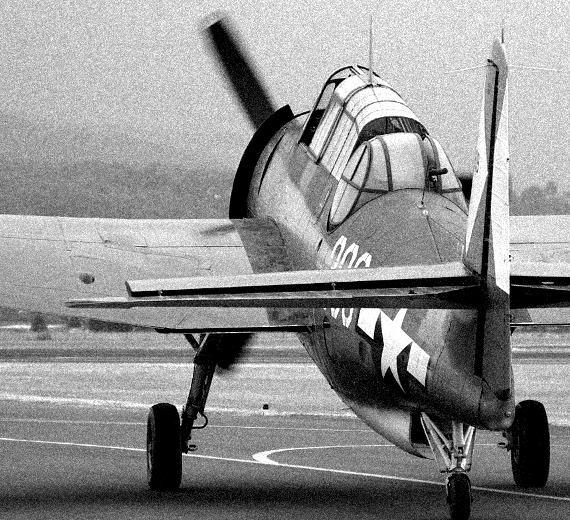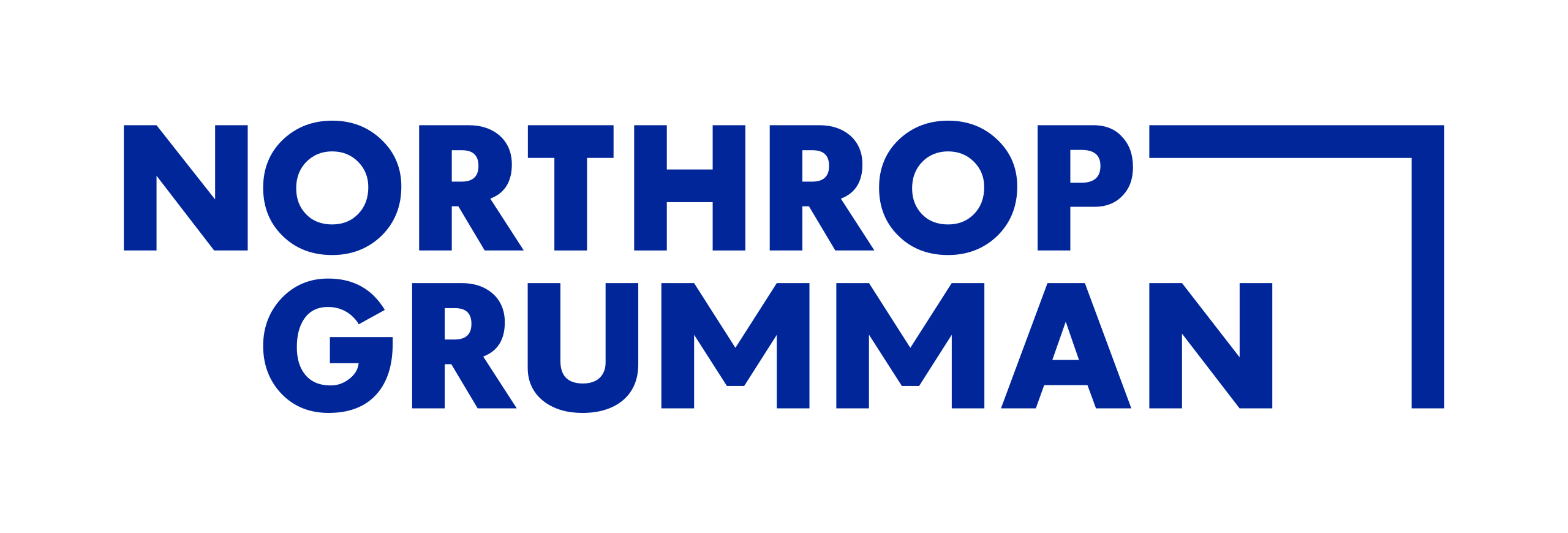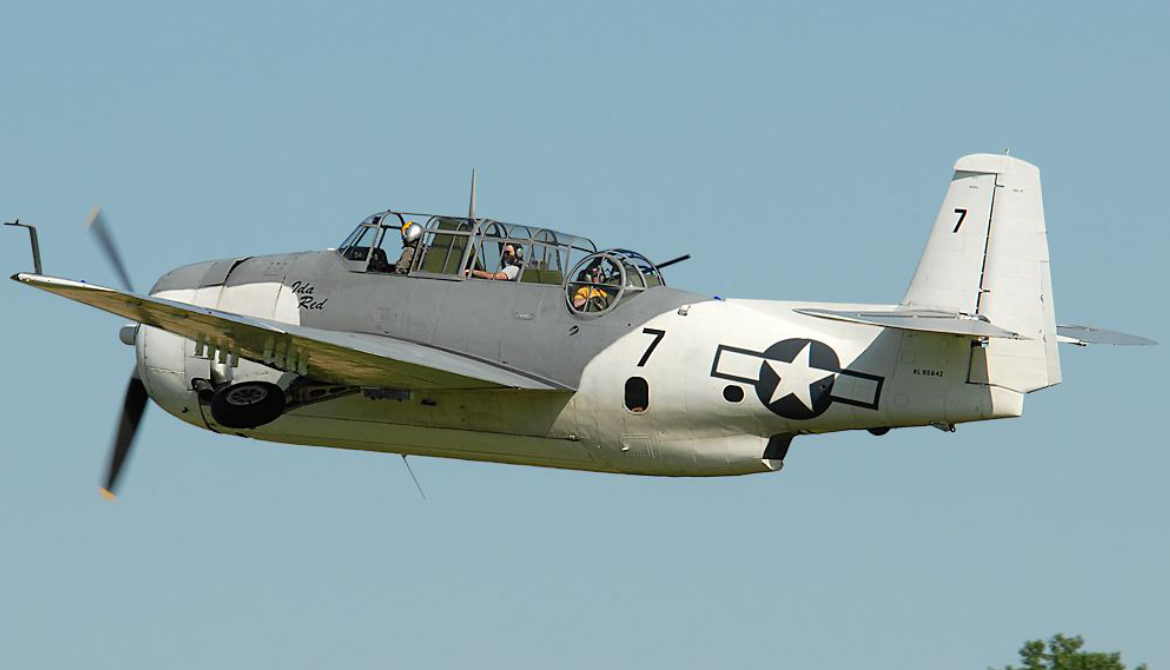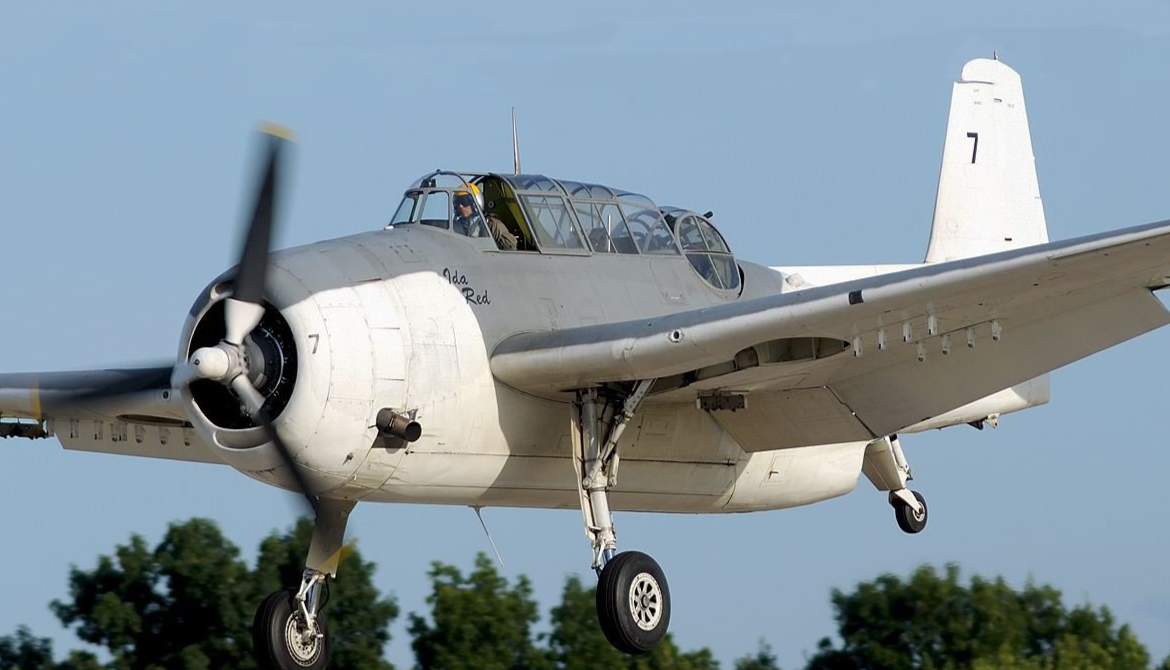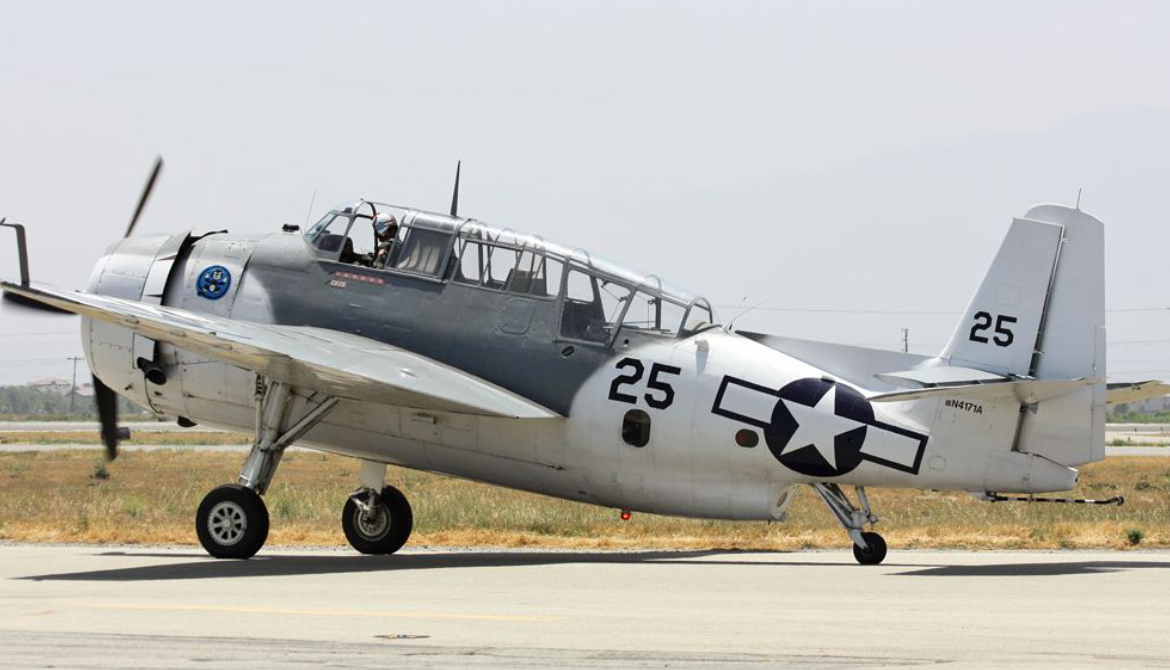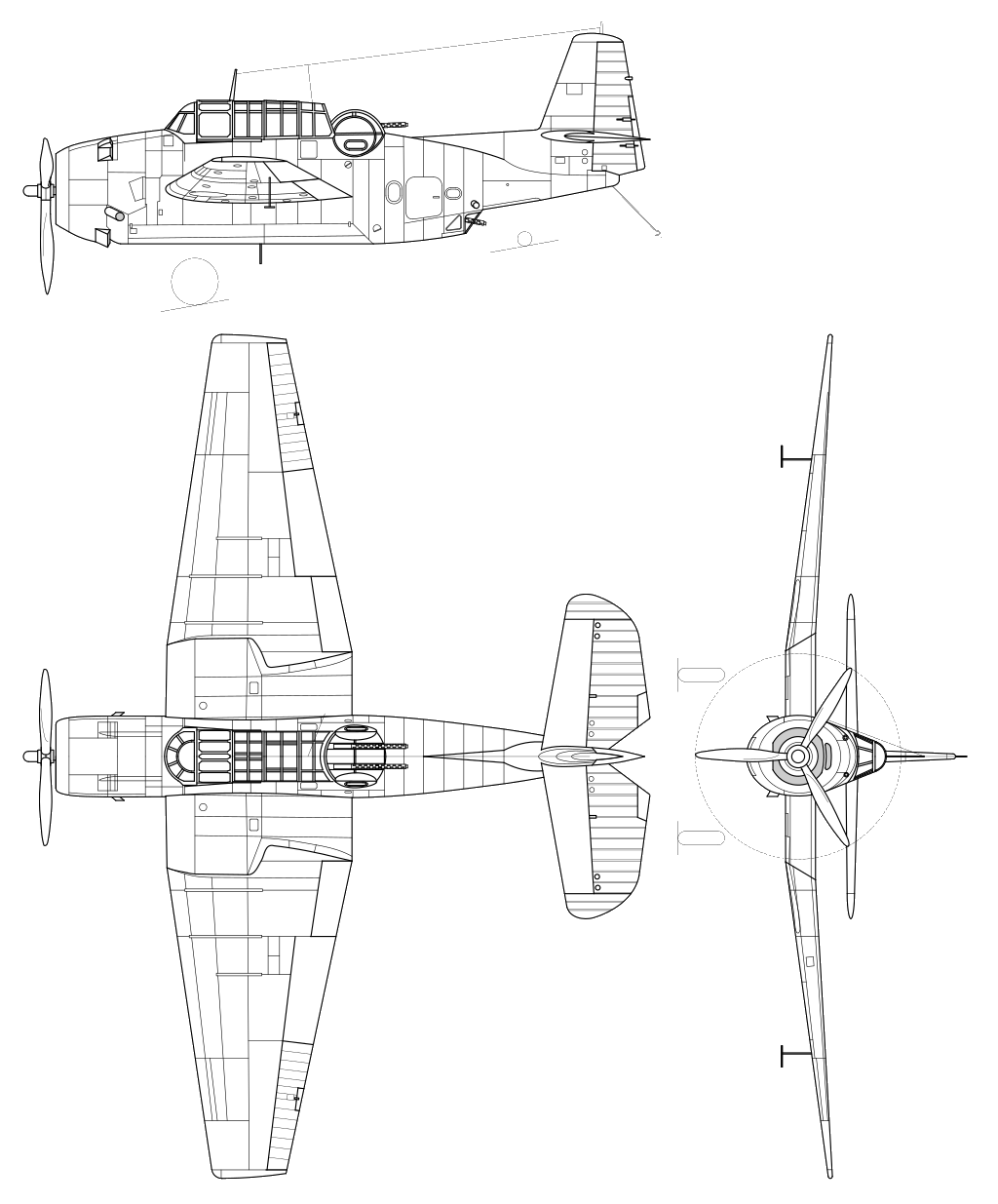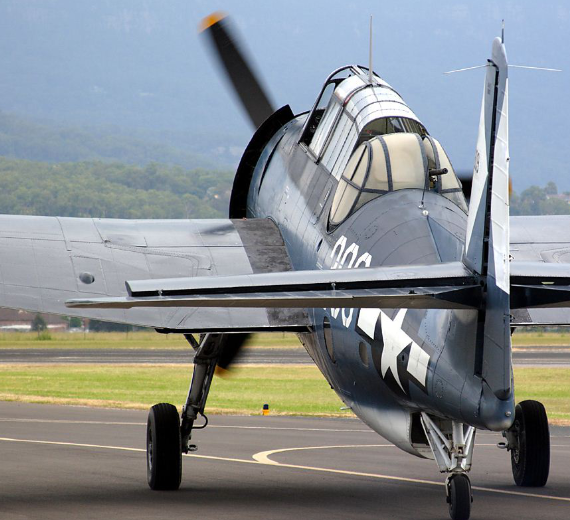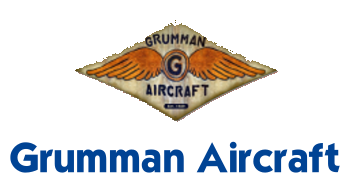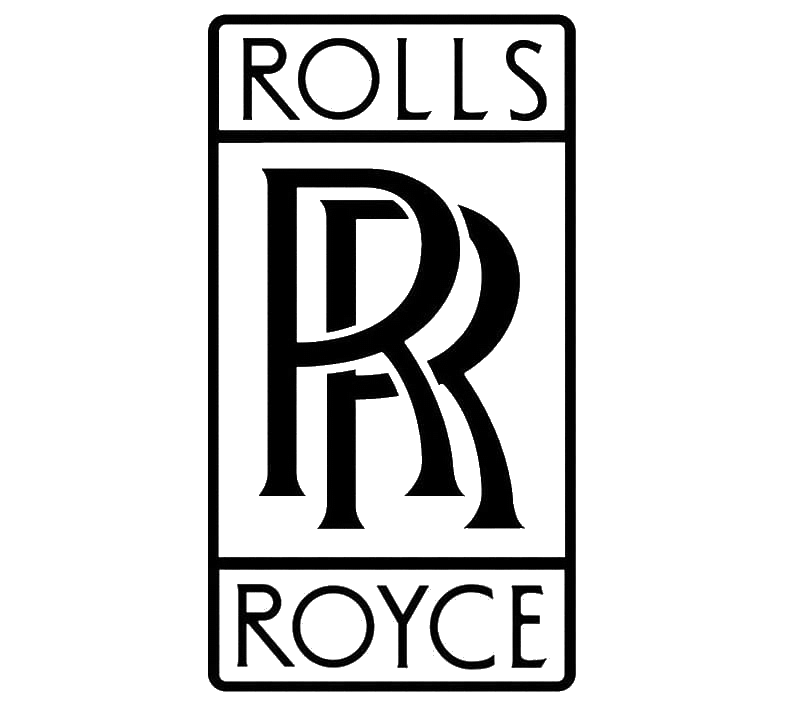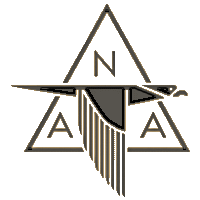Grumman Aerospace Grumman TBF Avenger
Role Torpedo bomber
National origin United States
Manufacturer Grumman
Built by General Motors
First flight 7 August 1941
Introduction 1942
Retired 1960s
Status Retired
Primary users United States Navy
Royal Navy
Royal Canadian Navy
Royal New Zealand Air Force
Number built 9,839
.
History Grumm![]() an Aerospace
an Aerospace
Grumman TBF Avenger
The Avenger entered U.S. service in 1942, and first saw action during the Battle of Midway. Despite the loss of five of the six Avengers on its combat debut, it survived in service to become the most effective and widely-used torpedo bomber of World War II, sharing credit for sinking the super-battleships Yamato and Musashi (the only ships of that type sunk exclusively by American aircraft while under way) and being credited for sinking 30 submarines. Greatly modified after the war, it remained in use until the 1960s
The Douglas TBD Devastator, the U.S. Navy's main torpedo bomber introduced in 1935, was obsolete by 1939. Bids were accepted from several companies, but Grumman's TBF design was selected as the replacement for the TBD and in April 1940 two prototypes were ordered by the Navy. Designed by Leroy Grumman, the first prototype was called the XTBF-1. It was first flown on 7 August 1941. Although one of the first two prototypes crashed near Brentwood, New York, rapid production continued. The Avenger was the heaviest single-engined aircraft of World War II, and only the USAAF's P-47 Thunderbolt came close to equalling it in maximum loaded weight among all single-engined fighters, being only some 400 pounds (180 kg) lighter than the TBF, by the end of World War II. To ease carrier storage concerns, simultaneously with the F4F-4 model of its Wildcat carrier fighter, Grumman designed the Avenger to also use the new Sto-Wing patented "compound angle" wing-folding mechanism, intended to maximize storage space on an aircraft carrier; the Wildcat's replacement, the F6F Hellcat, also employed this mechanism. The engine used was the twin-row Wright R-2600-20 Twin Cyclone fourteen-cylinder radial engine, which produced 1,900 horsepower (1,420 kW).0
KmCeiling
0
KmRange
0
Km/HAircraft Speed
0
Max Crew
Photo Gallery
Grumman TBF Avenger


Grumman Aerospace Corporation
Grumman TBF Avenger
General characteristics
- Crew: 3
- Length: 40 ft 1⁄8 in (12.195 m)
- Wingspan: 54 ft 2 in (16.51 m)
- Width: 19 ft (5.8 m) folded
- Height: 16 ft 5 in (5.00 m)
- Wing area: 490 sq ft (46 m2)
-
Powerplant
- Gross weight: 15,536 lb (7,047 kg)
- Fuel capacity: Fuel 330 US gal (275 imp gal; 1,249 L) in three center-section integral tanks + 2x 58 US gal (48 imp gal; 220 L) droppable slipper tanks under outer wings, with provision for a jettisonable 275 US gal (229 imp gal; 1,041 L) bomb-bay ferry tank.; Oil 32 US gal (27 imp gal; 121 L)
- Powerplant: 1 × Wright R-2600-8 Twin Cyclone 14-cylinder air-cooled radial piston engine, 1,700 hp (1,300 kW)
- Propellers: 3-bladed Hamilton Standard constant-speed propeller
Specifications
- Maximum speed: 278 mph (447 km/h, 242 kn)
- Cruise speed: 215 mph (346 km/h,
- Range: 905 mi (1,456 km, 786 nmi) at cruise speed
- Service ceiling: 22,600 ft (6,900 m)
- Rate of climb: 1,075 ft/min (5.46 m/s)
- Power/mass: 0.11 hp/lb (0.18 kW/kg
Armament
-
-
Guns:
- 1 × 0.30 in (7.62 mm) nose-mounted M1919 Browning machine gun (on early models) or 2 × 0.50 in (12.7 mm) wing-mounted M2 Browning machine guns
- 1 × 0.50 in (12.7 mm) dorsal-mounted M2 Browning machine gun
- 1 × 0.30 in (7.62 mm) ventral-mounted M1919 Browning machine gun
-
Rockets:
- up to eight 3.5-Inch (89 mm) Forward Firing Aircraft Rockets, 5-inch (127 mm) Forward Firing Aircraft Rockets or High Velocity Aerial Rockets
-
Bombs:
- Up to 2,000 lb (907 kg) of bombs or
- 1 × 2,000 lb (907 kg) Mark 13 torpedo or Mark 24 mine (Fido) acoustic homing torpedo
-
-
Guns:
-
Links to Youtube & Others
On the afternoon of 7 December 1941, Grumman held a ceremony to open a new manufacturing plant and display the new TBF to the public. Coincidentally, on that day, the Imperial Japanese Navy attacked Pearl Harbor, as Grumman soon found out.
Grumman TBF Avenger
The first major "prize" for the TBFs (which had been assigned the name "Avenger" in October 1941, before the Japanese attack on Pearl Harbor) f Guadalcanal i
Youtube Link
The Avenger was the type of torpedo bomber used during the sinking of the two Japanese "super battleships", with the US Navy

